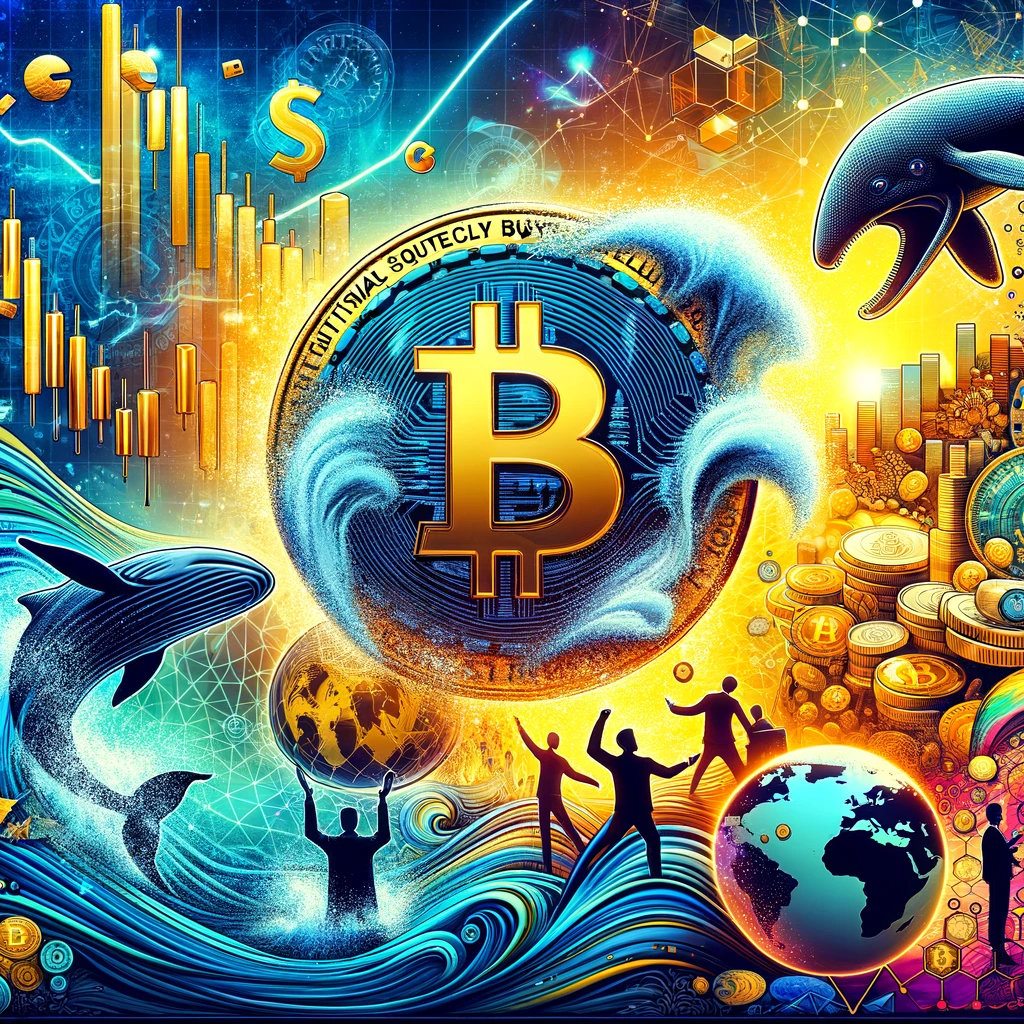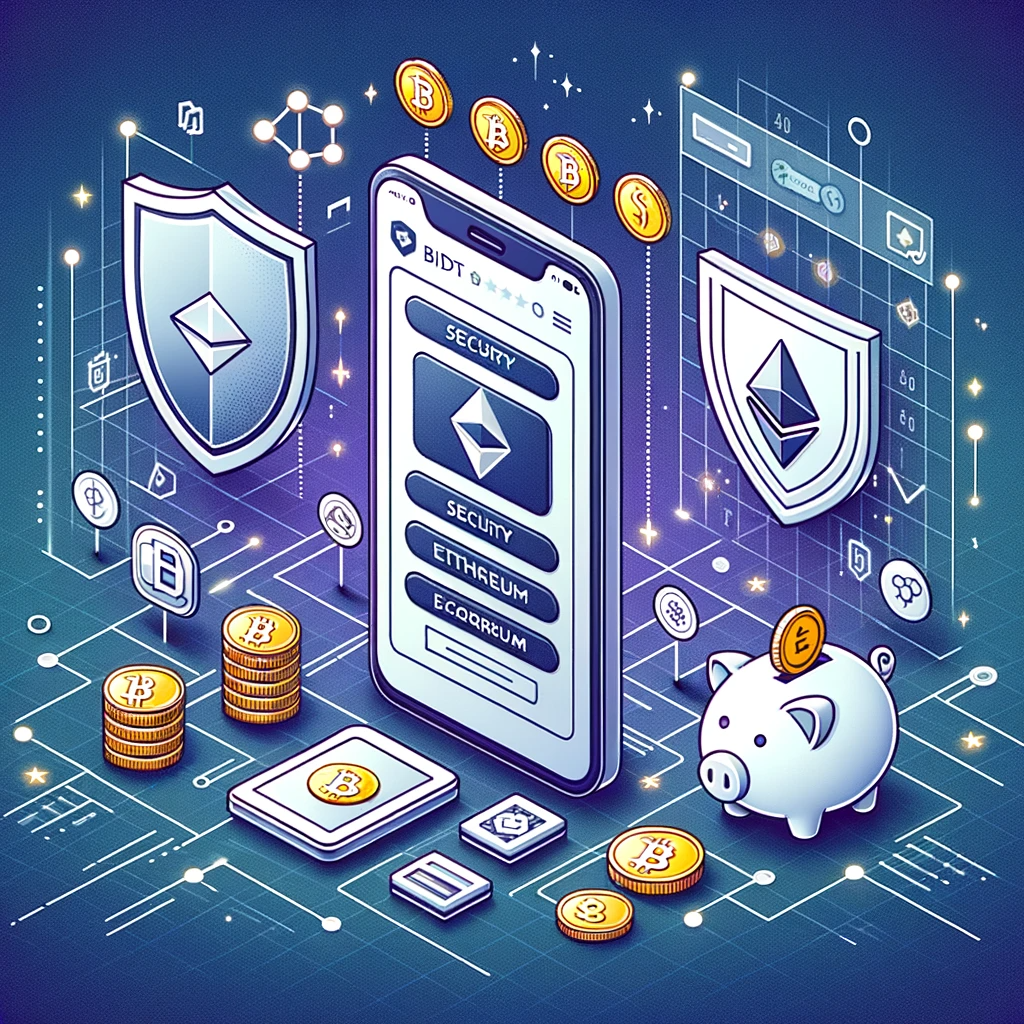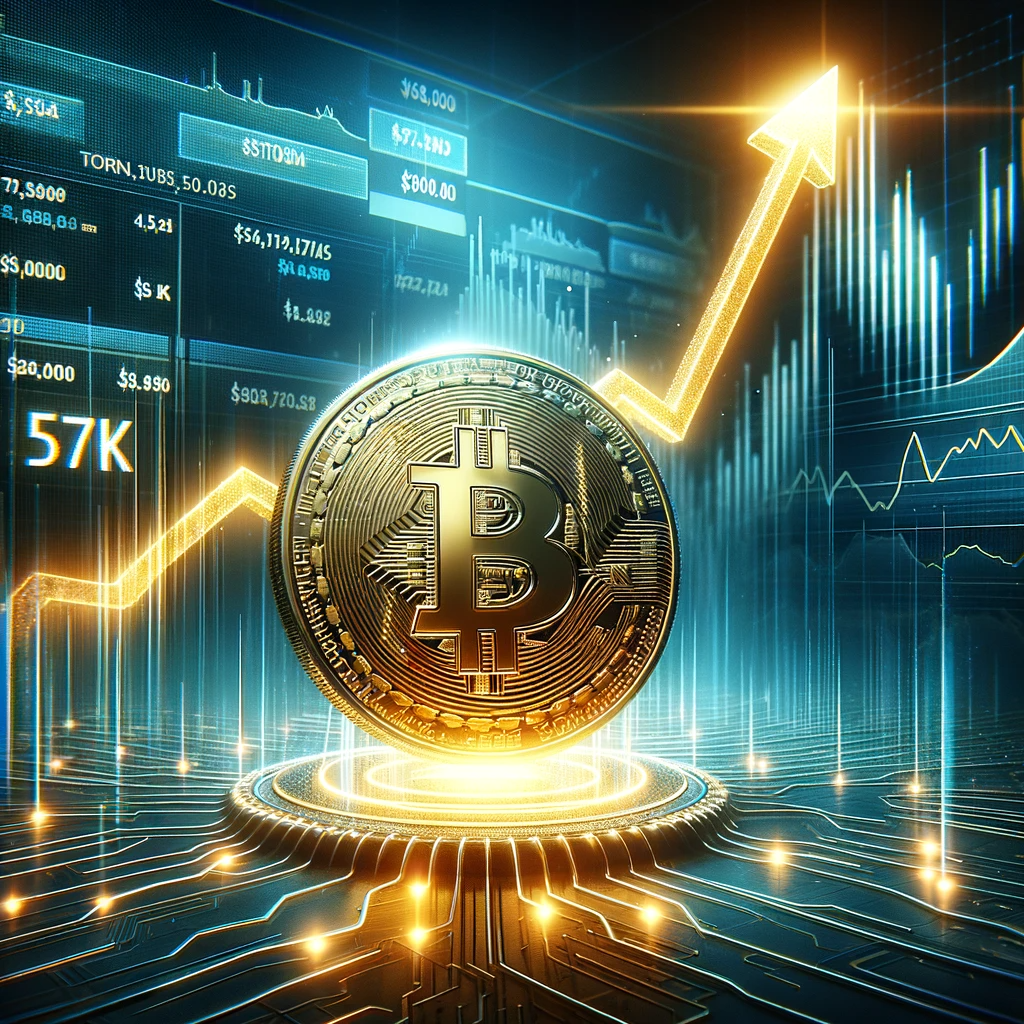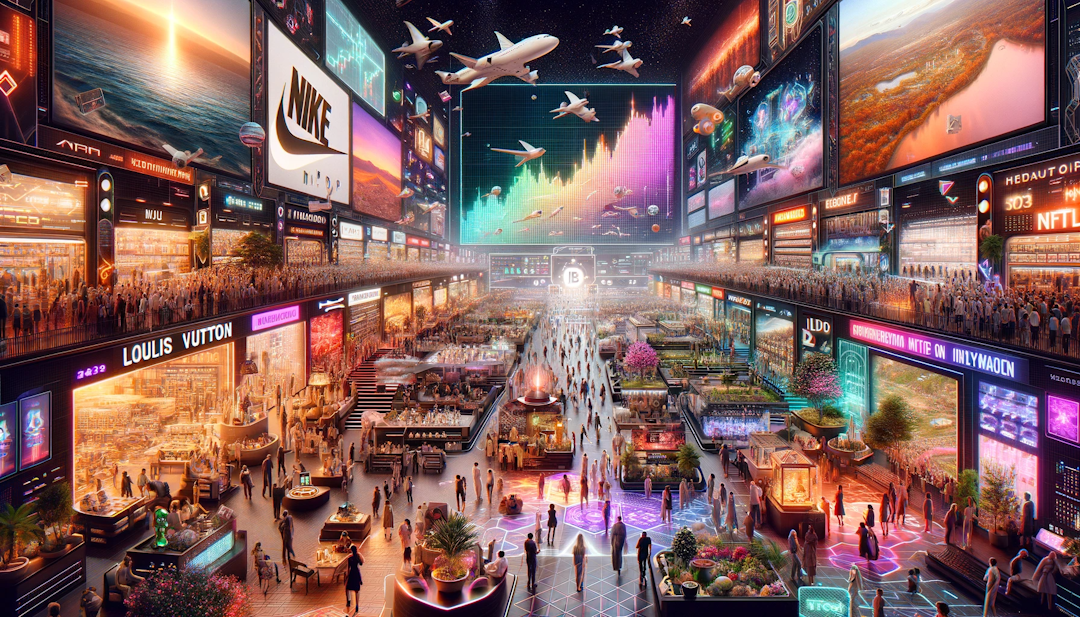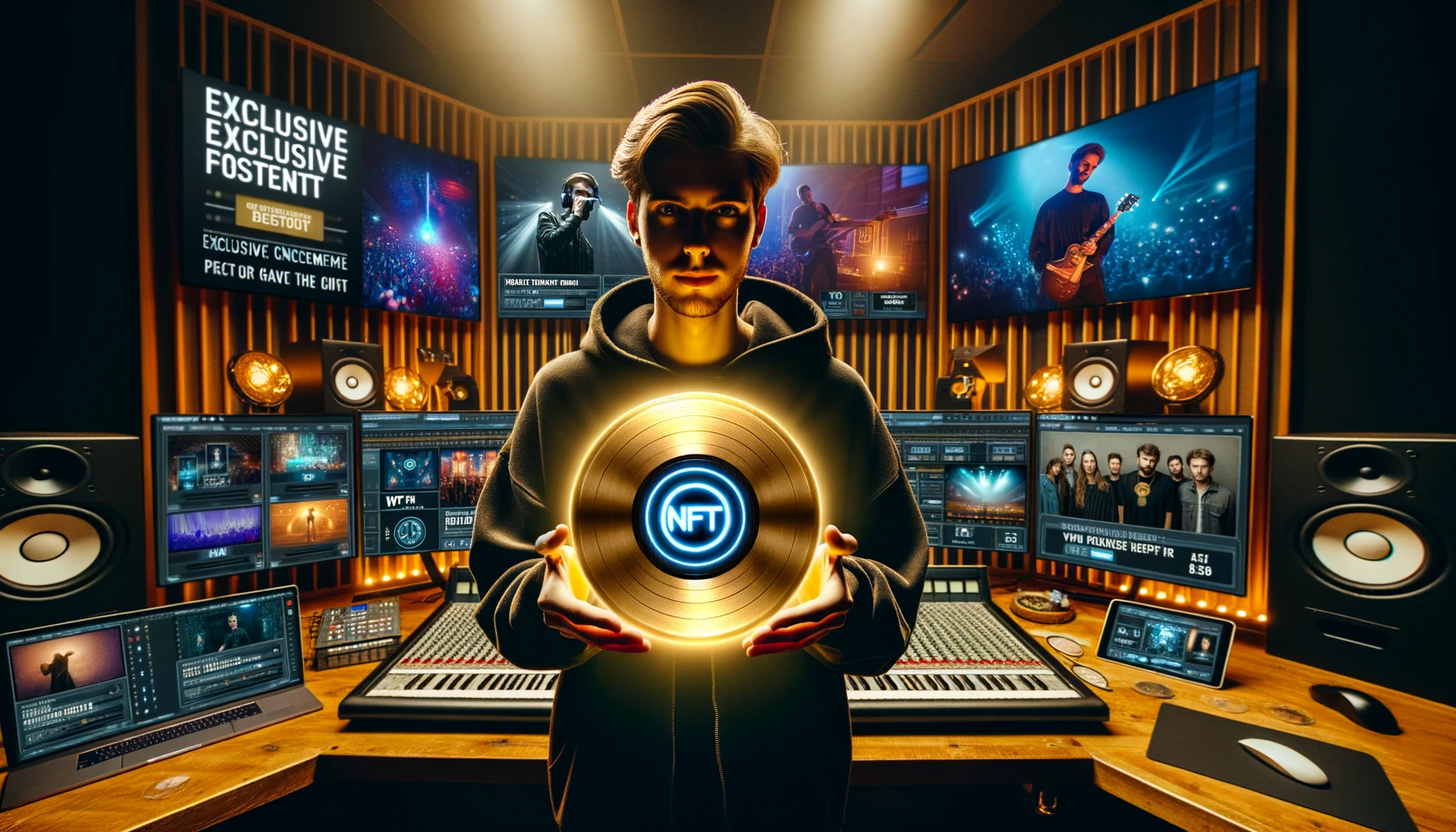
NFTs Beyond Art: How Tokenization is Shaping Unexpected Industries
NFTs, or non-fungible tokens, have taken the digital world by storm. Originally associated with the art industry, these unique digital assets are now revolutionizing sectors far beyond art. From fashion and music to real estate and collectibles, tokenization is offering unprecedented opportunities.
Tokenizing Fashion: The New Wave of Digital Ownership
In the fashion industry, NFTs are transforming how we consume and own digital items. With the rise of virtual worlds and metaverses, individuals are keen to express their style and uniqueness in the digital realm. Tokenizing these items as NFTs offers creators and users full ownership and control over their virtual assets.
Furthermore, NFTs empower creators with new monetization avenues. Designers can sell limited-edition digital clothing items, exclusively for virtual environments. This not only ushers in a novel revenue stream but also sparks collaborations with brands, influencers, and virtual platforms.
Revolutionizing the Music Industry with NFTs
The music industry is familiar with disruptions, and NFTs are its latest muse. Musicians now have the option to tokenize music, albums, and even concert tickets, delivering fans a unique ownership experience. An NFT from a beloved artist might grant exclusive content access, from backstage passes to VIP events or even royalties.
Beyond the connection between artists and fans, NFTs also promise fresh revenue channels. By tokenizing music, artists can directly sell to their audience, bypass intermediaries, and hence, maximize profits. It paves the way for artists to own their creations while bestowing fans with a unique, immersive experience.
The Future of NFTs in Real Estate
The real estate sector stands on the cusp of a tokenization transformation. By tokenizing property assets, it introduces fractional ownership. This boosts liquidity and reduces entry barriers, further enhancing transparency in property transactions.
NFTs also simplify fractional ownership of high-value assets, allowing more people to venture into real estate without hefty capital. Such properties might also witness crowdfunded investments, enabling numerous investors to collaborate on ambitious projects.
Creative Collectibles: NFTs and the New Age of Collection
Collectibles, always in demand, are witnessing a sea change with NFTs. Traditional items like trading cards or rare stamps can now be digitized and tokenized, making them accessible globally.
With NFTs, collectors can ascertain the authenticity and provenance of digital assets, preserving their rarity and value. Added features like animations, audio, or detailed information enrich the collectible experience. With emerging tech like VR and AR, collectors might soon flaunt and engage with their digital collections in virtual environments.
Conclusion
NFTs have broken free from art confines. As tokenization takes root in diverse industries, we anticipate novel use-cases and continued digital evolution. From fashion and music to real estate and collectibles, the NFT-driven opportunities seem boundless.
